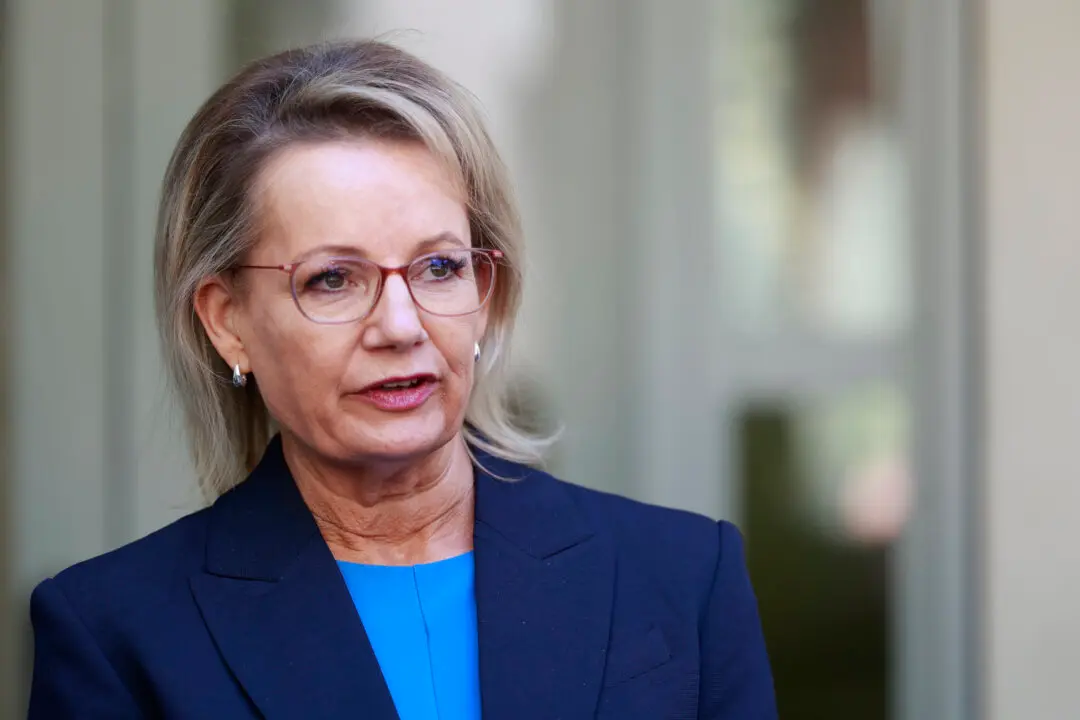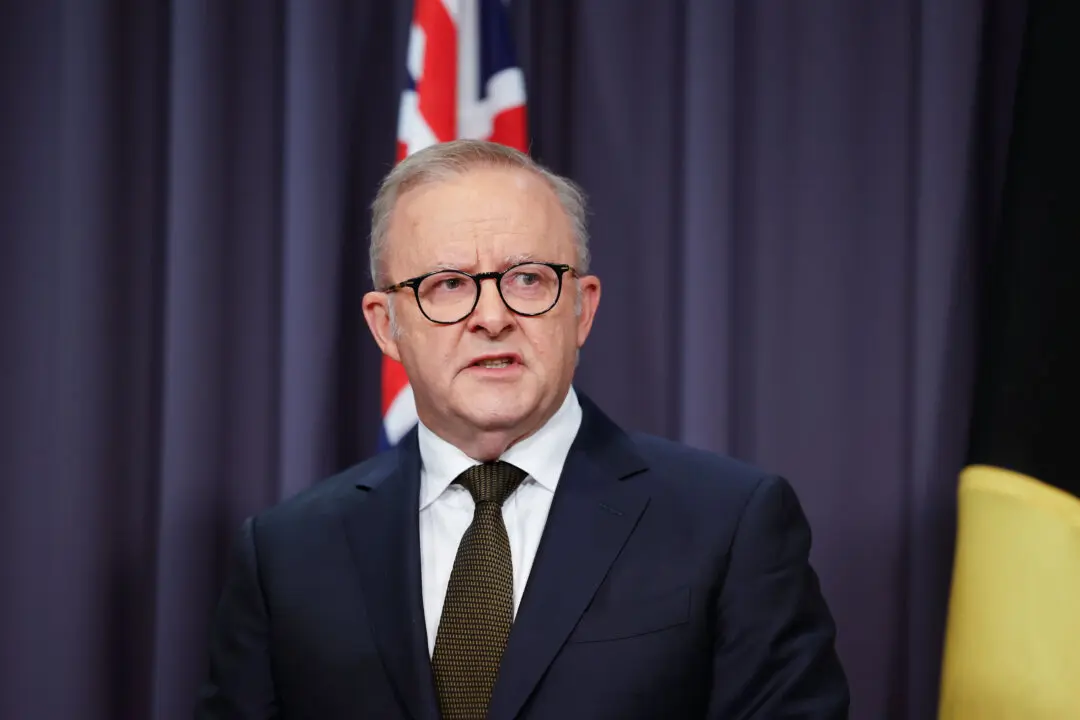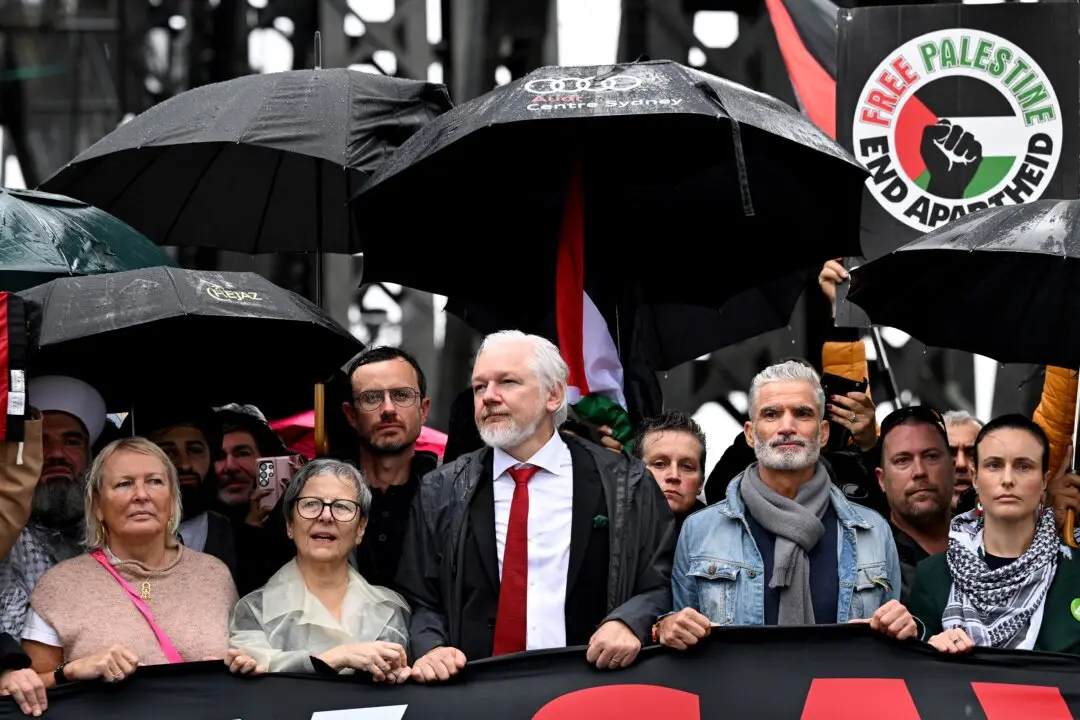Suicide is claiming the lives of more Australian men aged 25 to 44 than any other cause, and is the third deadliest threat for those aged 45 to 54, according to a new global survey led by the University of New South Wales.
Supported by the Movember Foundation, the responses from over 10,000 people across five countries including Australia, Canada, New Zealand, the UK, and the US, reveal that men are breaking down, often in silence, while society looks the other way.





